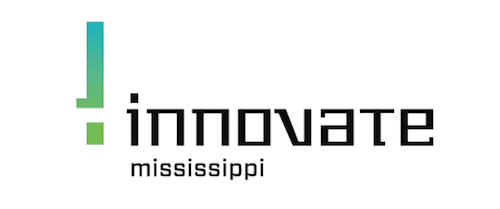 Posted by: Contributing columnist, CLARION LEDGER FEATURE, BUSINESS, January 13, 2017: Those of us who remember a time “BG” (Before Google) and before everyone had a cellphone still laugh as we remember what that was like. As we now near 10 years since the introduction of the iPhone, we are on the cusp of even greater changes than what we have seen.
Posted by: Contributing columnist, CLARION LEDGER FEATURE, BUSINESS, January 13, 2017: Those of us who remember a time “BG” (Before Google) and before everyone had a cellphone still laugh as we remember what that was like. As we now near 10 years since the introduction of the iPhone, we are on the cusp of even greater changes than what we have seen.
The problem is that although we are seeing these tremendous changes over decades now instead of centuries, I still find it hard to predict exactly what will happen in the next 12 months. Instead, I’m going to focus on some things that I think we will look back on a year from now and think that they have changed — even if many of the trends were already underway before this year.
As transformative as smartphones have been, the interface between humans and a smartphone is still somewhat awkward. Just witness a world looking at their phones instead of the world around them and it’s obvious that these interfaces aren’t fully integrated into real-world routines. Heads-up displays like Google Glass and smart watches have tried to integrate to more normal human experiences and Apple’s Siri voice assistant did help, but for the most part these interfaces have not kept us from looking down at our phones and awkwardly thumbing keystrokes while the real world goes on around us. Now that Google and Amazon have voice-activated digital assistants and we are seeing the further integration of these devices into other smart devices, more human-like interactions with our computers seem much closer to reality.
Nowhere is the integration of a user-friendly interface and smart devices likely to have a bigger impact than in a “smart home” environment, but of all the technology trends of the last 10 years, few have been more disappointing that the lack of the development of valuable smart home technologies. I could write a whole article on the disappointments of home automation, but I think 2017 is likely to see big improvements in this area. Smart voice-driven interfaces connected with smart devices and connected to online grocery/shopping to automatically order needed items is likely to further emerge this year.
Another big breakthrough that I think will emerge in the next couple of years and maybe in 2017 is more passive monitoring of health and wellness variables. Through Apple Watch, Fitbit and the such, we have seen an explosion of devices that can passively monitor simple health and fitness indicators and collect data over time. While heart rate, temperature and activity level are easily done today, there are more variables needed for collection and more data mining to be done before the final evolution — a device that tells us when we are getting sick before any symptoms are present based on several indicators that correlate to the sickness. Emerging devices to monitor blood sugar, blood oxygen, hydration and other skin and sweat enzymes are the next step toward having enough data to really make a difference in how we detect health issues.
Finally, the last trend I see in technology is also a health care trend — genetic testing of all types is getting cheaper and easier and will emerge as a cost-effective and vital tool. Less expensive genetic tests are allowing for direct testing for predispositions for disease and cancer, for predisposition toward certain drug interactions, and even for predisposition toward certain diet and fitness routines.
Despite its startup hiccups, 23andMe has broken ground on the direct consumer market and begun to educate the market with its direct-to-consumer approach. Companies like Mississippi’s own Salus Genetics are also working with employers and health plans to help employees get access to tests that can provide valuable information and change lives through better treatment options. Genetic testing of specific cancer cells and other tissues and comparing them to healthy tissue is also leading doctors to better prescribe treatment options that will greatly affect health outcomes. I expect 2017 to be the break-out year when a majority of consumers begin to think about and consider genetics in their health care interactions.
With all of the changes in technology and how technology affects our lives, I’m sure we’ll look back at this list and wonder how I missed some things and included some things that simply didn’t happen, but whether these are the right predictions or not, there is no doubt that the iPhone will celebrate its 10th birthday in 2017 with another year of technology acceleration.
Tony Jeff is the president and CEO of Innovate Mississippi. He can be reached at tjeff@innovate.ms.
